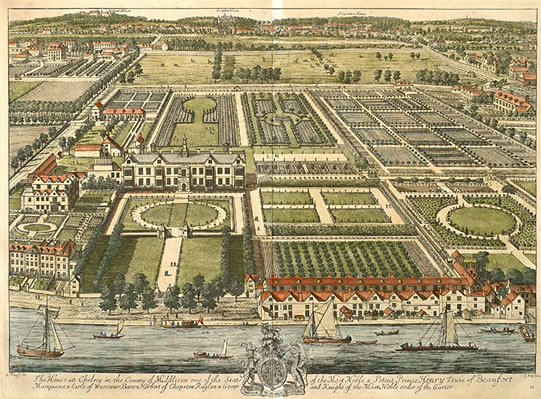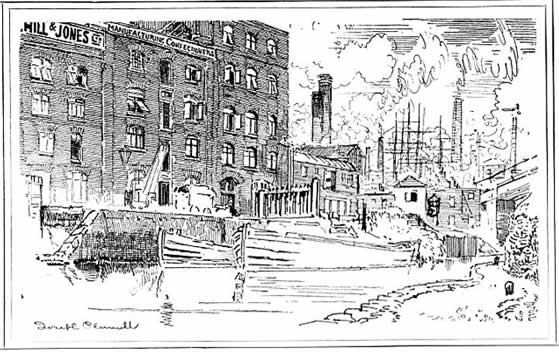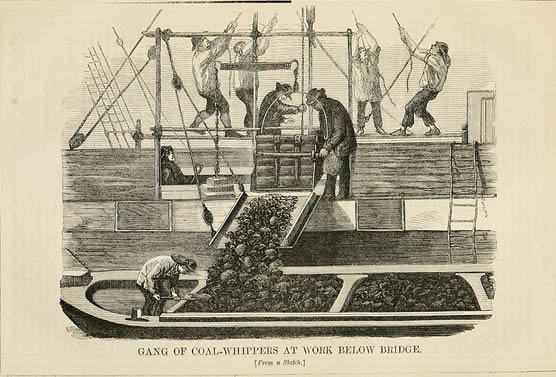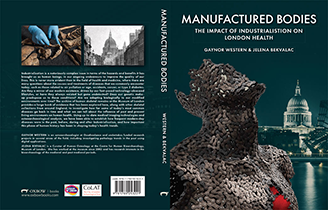Living and working environments in London
The significant differences in the risk of exposure to air pollution reflects the diverse nature of the geographic areas of London.
The different boroughs in London all went through their own individual journey through the Industrial period. The type of industries, or housing or green spaces you might find in each borough varied a lot.
Even so, right up to and into the early industrial period in the inner city areas, boroughs were comparatively green and open, with much fewer roads and houses. In 1711, Jonathan Swift commented about Chelsea ‘that about our town we are mowing already and making hay, and it smells so sweet as we walk through the flowery meadows’. Quite a change from today!
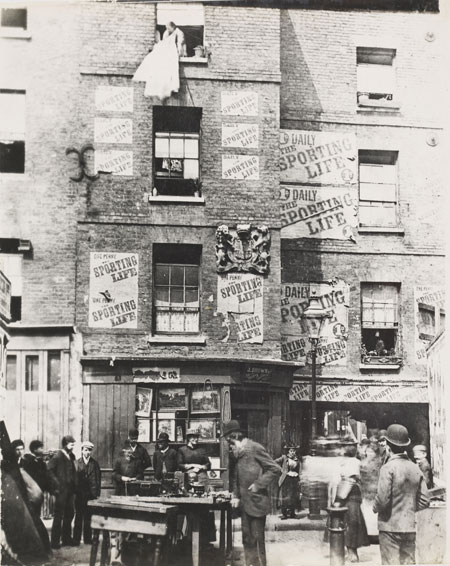
Photograph of Clare Market, 1890
Most of the boroughs had poorer areas in close proximity to wealthier houses but with industrialisation and the ever-increasing numbers of labourers migrating to the city, green areas quickly became swallowed up by poor quality housing and mazes of overcrowded, dingy alleyways. People were living in cramped, smoky, poorly ventilated rooms heated by coal fires. Airborne diseases like pulmonary tuberculosis spread quickly in these conditions.
Outside on the streets wasn’t any better as the plumes of coal smoke from the thousands and thousands of chimneys polluted the air. The view along the Thames consisted of ‘tall chimneys vomiting clouds of black smoke’ and in the Spectator in 1889, London was said to be in a ‘reign of darkness’ so that Londoners lived ‘in something not far from perpetual twilight’.
Workplaces offered no escape, with long hours spent breathing in coal dust working on the ships in the docks, or in the damp atmospheres of the warehouses. Without good ventilation, manufacturing trades like furniture making, cloth and pottery production were all very hazardous to respiratory health because of the dust the raw materials generated, leading to increased chest infections and lung inflammation.
Coal had become pivotal to the success of industrialisation and its demand was exponential. It was a vital supply of heat to all the houses in London and also the primary source of energy for furnaces used in steam-powered engines on ships, omnibuses, trains, machines and later, power stations. The coal industry was a very dirty trade and coal dust saturated every aspect of the environment.
In 1840, Mayhew wrote that ‘All about the ship partakes of the grimness of the prevailing hue. The sails are black, the gilding on the figurehead of the vessel becomes blackened...the workers have black hair and black whiskers, no matter what the original hue. It is a jest that everything is black in a collier, especially the soup.’ After finishing work, men would invariably haunt the local pubs where they got paid, breathing in the thick tobacco smoke of these small, dark and crowded tap-rooms.
Next: The fight for clean air








